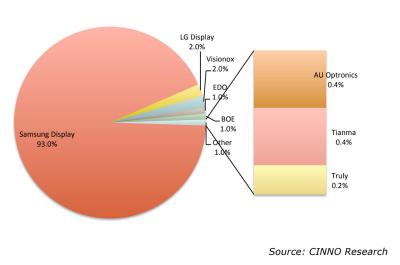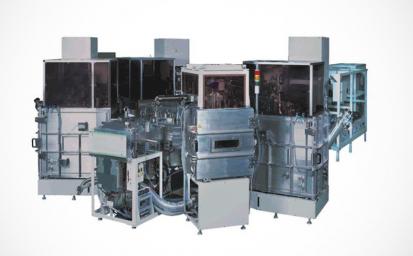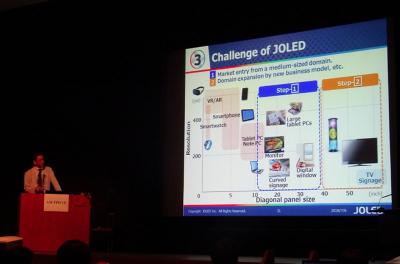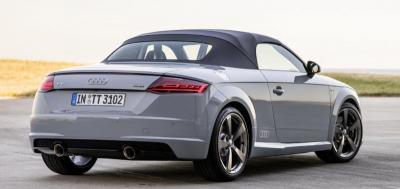Apple ships 3.5 million smartwatches in Q2 2018, holds a 34% market share
Canalys estimates that 10 million smartwatches were shipped in Q2 2018 (the 2nd largest quarter ever after Q4 2017 with 12.5 million). Apple is still the largest smartwatch producer - even though its market share fell to 34% in the second quarter. In 2017 Apple's market share in this market was around 60%.
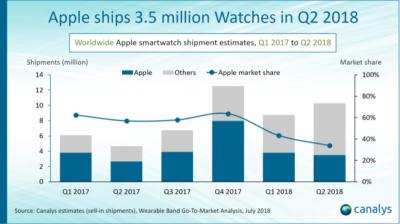
As LG Display is the exclusive supplier of Apple's smartwatch OLED displays, IHS says that LGD is the world's leading AMOLED supplier for smartwatches and wearables. In 2017 LGD shipped 10.64 million such AMOLED displays (a market share of 41.4%). In total 25.7 million smartwatch AMOLEDs were shipped in 2017.


